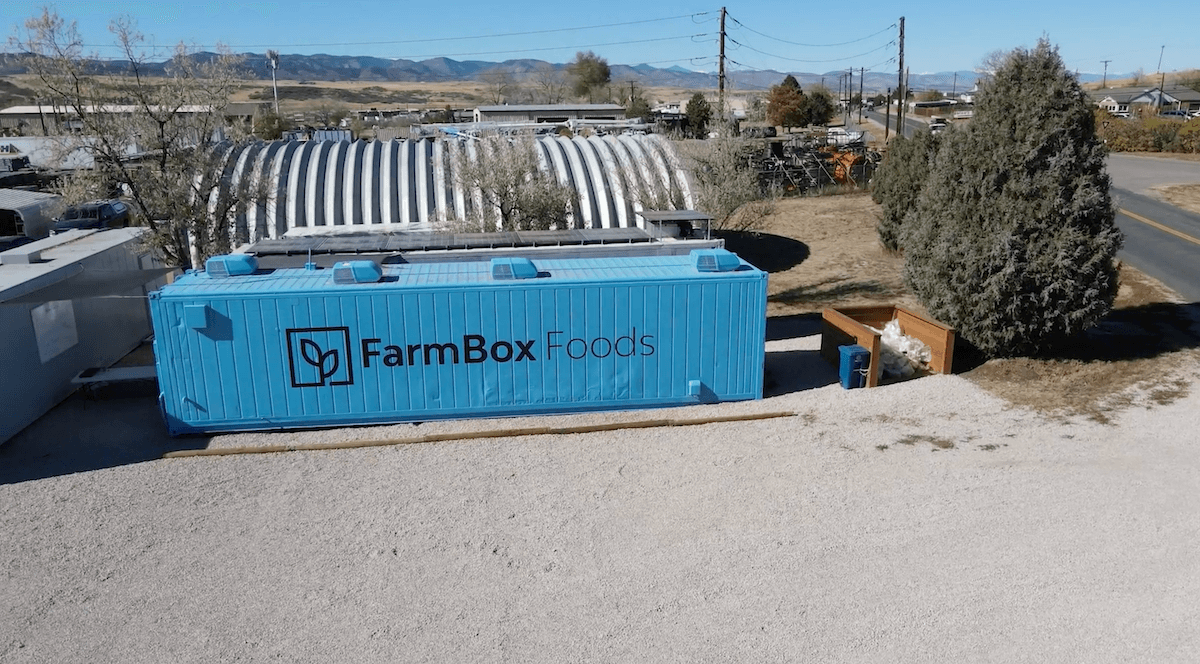Within a few years, most of the fish we eat will be farmed, not caught.
That could be a boon for already over-stressed oceans. But the worldwide explosion of aquaculture since 1970 has left its own trail of environmental destruction, from toxic concentrations of waste, to outbreaks of disease, to the continued over-harvesting of smaller ocean fish for feeding their penned brethren.
A wave of aquaculture startups are trying to tackle those challenges with better technology and management. Aquaponic, or closed-loop, systems use fish waste to fertilize vegetables. Alternative sources of proteins, from insects to microbes, can substitute for fish meal. Farms are beginning to grow fish safely with fewer chemicals and antibiotics.
Aqua-Spark, a new fund launching this week, is likewise taking a different approach to financing such aquaculture ventures, with the aim of reducing environmental risks and boosting output to feed a protein-hungry world. Aquaculture now produces about 60 million tons of seafood, or 41 percent of global supply. The UN’s Food and Agriculture Organization estimates that at current rates of consumption, an additional 23 million tons of seafood will be needed by 2030.
“The only way to go up is farming,” says Mike Velings, the Dutch founder and managing director of Aqua-Spark. “If we don’t do it in a good way, the pressure on the oceans will only get bigger and bigger.”
Aqua-Spark, based in Utrecht, Netherlands, grew out of A-Spark Good Ventures, a broader investment company Velings founded after after building a successful human resources outsourcing firm. Also managing the new fund is his wife, Amy Novogratz, former director of the TED Prize, which is awarded at the well-known innovation conference. Socially responsible investing runs in Novogratz’s family; her sister is Jacqueline Novogratz, the head of Acumen, an early impact investment fund.
They are seeking to build a network of small- and medium-sized companies that meet sustainability criteria and can share technology, feed and distribution. Aqua-Spark is looking to make up to 10 investments per year of between 250,000 and 5 million euros ($336,000 to $6.7 million), in both developed and developing countries.
“The big issue is coordinating the efforts of all the organizations to orchestrate this rapid growth,” Novogratz says. “Right now, that’s not happening.”
Velings and Novogratz met in 2010 aboard the Mission Blue, a 10-day voyage to the Galapagos Islands organized by ocean advocate Sylvia Earle, a National Geographic explorer-in-residence and TED Prize winner, to build support for protecting sensitive marine areas. At the time, many conservationists were hostile to aquaculture because of well-documented problems with farmed salmon and other species.
“Everybody was very negative,” Novogratz recalls. “There’s been a huge switch in the past three years.”
To find its deals, Aqua-Spark has partnered with WorldFish, a Malaysia-based spinoff of the “green revolution” pioneer CGIAR (Consultative Group on International Agricultural Research), which gives commercial support to promising ventures. It also scouted for ventures at this week’s Fish 2.0 business plan competition at Stanford University, where Velings was a judge.
Aqua-Spark is structured specifically for the aquaculture industry, in which companies often require intensive capital investment to develop production and distribution capabilities. Typical venture funds aim to return capital to partners within seven to 10 years, via acquisitions, public offerings or follow-on financing of their portfolio companies. Aqua-Spark will be an evergreen, or open, fund that intends to stay involved with companies for the long term. Valuations will be determined every six months, letting new investors get in and old ones recoup their capital, after an initial lock-up period. Aqua-Spark expects to pay dividends after an initial investment period of five to seven years. The couple has committed 2.5 million euros ($3.36 million) of their own to cover management costs and will charge investors a management fee of 1 percent, lower than typical venture funds.
“It takes a long time to build. It’s risky,” Velings says. “But once you have built an aquaculture business, there are steady, quite high returns.”
Private investors are increasingly interested in other segments of the $390 billion global seafood market, and other investors have done individual aquaculture deals. Aquacopia, a $16 million venture capital fund, made five seed and Series A aquaculture investments through 2009 and is now looking for exits, says co-founder David Tze, now managing director at Oceanis Partners, which advises investors and entrepreneurs on aquaculture deals.
But Aqua-Spark is unique in seeking to build a network of companies and shape aquaculture’s future. Aqua-Spark’s first hurdle is lining up its own investors. To launch successfully, the fund is seeking a first closing of 15 million euros ($20.3 million) from high-net-worth individuals, family offices and foundations drawn to the funds social and environmental benefits. Over the next decade, Velings and Novogratz hope to place as much as 200 million euros ($270 million), which will require the participation of more mainstream investors.
“Everybody realizes you have to do it in a sustainable way or the seafood business will end,” Velings says. “There’s still a big battle to be fought.”
(Notes: A version of this story first appeared on Bloomberg.com under the headline, “New Fund Lets Investors Fish for Returns in Farmed Seafood.”
This article is part of a series on Oceans and Sustainable Fisheries, in association with SOCAP, the annual Social Capital Markets conference in San Francisco.
Photo: Fish farmers at a hatchery in Gazipur, Bangladesh. Photo by Finn Thilsted, 2012, via WorldFish.)










